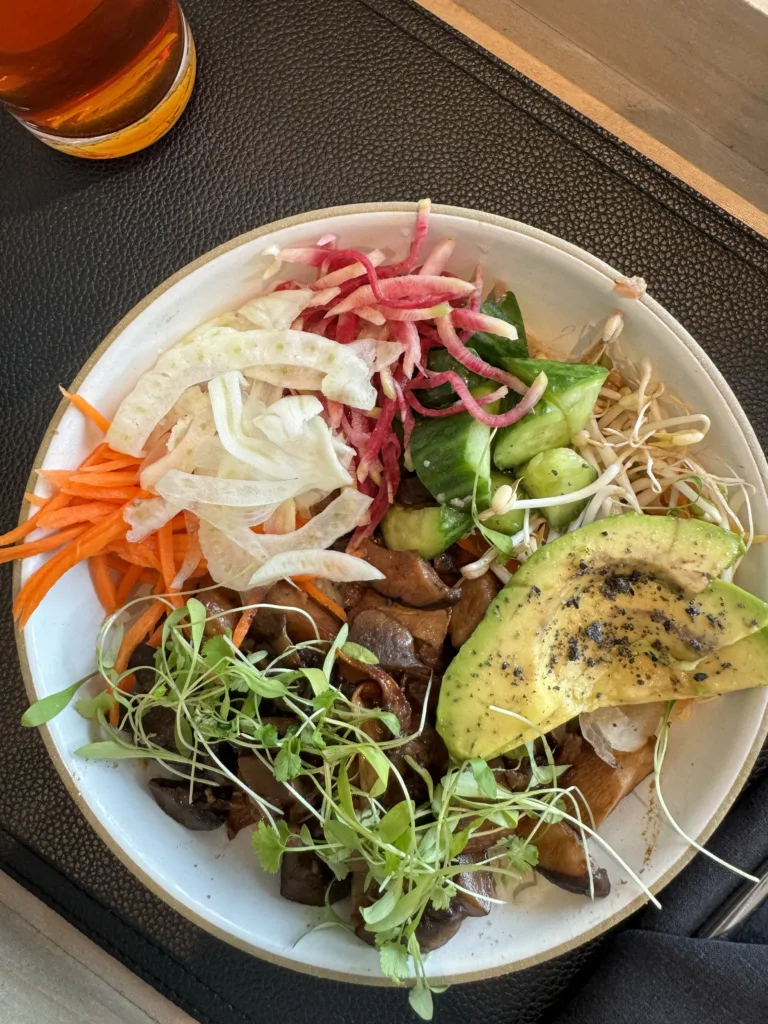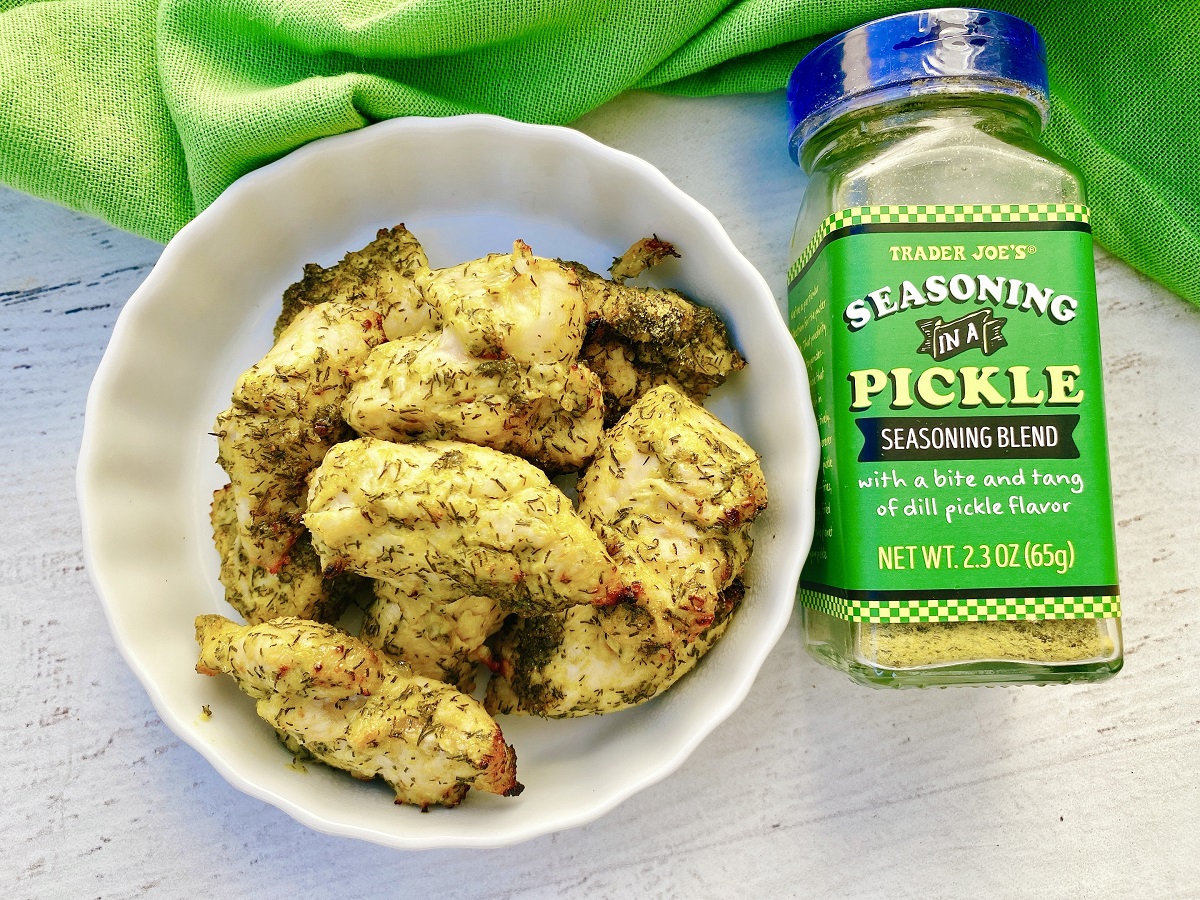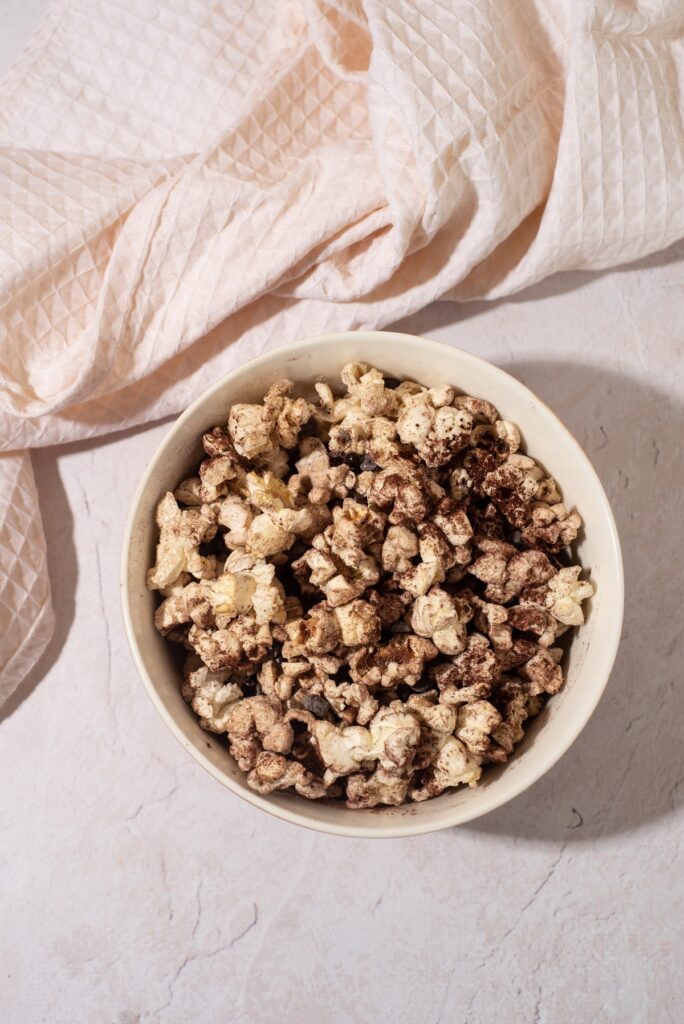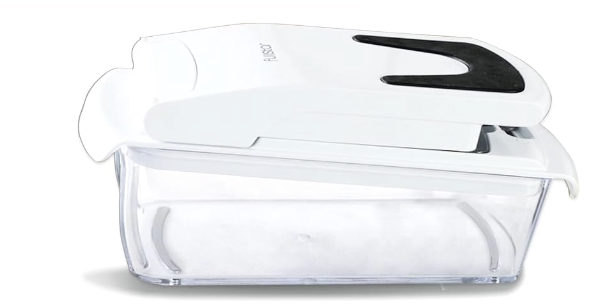Remember when we used to hit the ground running on New Year’s, obsessing over every bite we put into our bodies and pushing ourselves to the gym every day? A successful “New Year, new me” was usually measured by how bikini-ready our bodies were from Spring Break.
Now, we are in our slow girl era. We’ve replaced “no pain, no gain” with a “do what feels good” attitude to begin a journey toward long-term, sustainable wellness. There is a place for pushing ourselves, but we pay more attention to our bodies to give them the balance they need.
We can adopt the same attitude about nutrition. It all boils down to nourishment over restraint and joy over guilt. After years of being constantly told to micromanage what we eat, switching to a lifestyle with more dietary freedom seems… wrong. But freedom is the key to sustainable change, and small changes can have a big impact.
6 nutritional moves for the slow girl era
These changes are low effort, but highly rewarding.
1. Get more fiber
ICYMI, fiber is the star of 2024. Why? Because only 5 percent of Americans eat the recommended amount. Five percent. Like major health problems like colon cancer are on the rise among young adults, there’s a good chance that lack of fiber plays a role.
First, take a close look at how much fiber you’re actually getting in a day. The USDA recommends getting 14 grams per 1000 calories, or about 25 grams per day for the average healthy female and 38 grams for males. Most of us only get 10-15 grams a day, thanks to processed foods that often remove fiber and a lack of fruit or vegetables in our diet.
But it’s okay. We can fix it! Here are some of my favorite high-fiber foods that are easy to add to meals and snacks without thinking:
- Berries – One cup of raspberries contains about 8 grams
- Avocado – About 5 grams per 1/2 cup
- Beans – 5 grams per serving
- Nuts – About 3 grams per ounce
- Oats – A serving of 1/2 cup dry, oat quickly gives you 4 grams of fiber. Add some berries, nuts and seeds to it and you start your day strong on the fiber front
Oh, and be sure to try this PB&J Smoothie, with 9 grams of fiber!
2. Add some color
A little color can be the simplest way to boost the nutrition on your plate. And I have a few low-effort additions to keep, because we’re not trying to add more stress (or chaos).
Frozen vegetables – The easiest route here is to buy the ones that are in a steam bag, like green beans or carrots. These heat up in minutes, require little to no prep, but also leave plenty of room for creativity.
Fresh herbs or microgreens – You can top almost any food with fresh herbs. Microgreens easily add vitamins, minerals and antioxidants.
Citrus – Use lemon, lime and orange juice to taste. This may not naturally add color to your meal, but it will certainly brighten the flavor and add some vitamin C.
Avocado – We love it for its fiber, healthy fats and taste.
Edamame – Easy to steam from frozen and packed with protein, fiber and color.
Butternut squash purees – Cook and mash, then freeze in ice packs. Later, you can add these little cubes of nutrients to soups or sauces.
3. Try something new
With Google, Pinterest, IG and TikTok at our fingertips, we have an endless source of new recipes and cooking tips. It’s time to actually try one of your saved or screenshot recipes! Or, just buy that new high protein snack from Trader Joe’s you saw. Maybe try a new restaurant or two in your area.
Just try something ✨new✨. Keep it light and fun.
4. Up your snack game
Snack time is the best time, and also an important time to add value to what you eat. Pay attention to your midday or 2pm snack – How you feel before, during and after. You should feel satisfied and have a little energy boost afterwards! If not, it’s time to up your snack game.
First, let go of the idea that snacks have to be less than X amount of calories to count as snacks. Total daily intake is what counts in the long run (if calorie balance is even a concern to you right now), and we all know what happens when you choose a snack based on the lowest calorie count… You end up going back for another snack later.
So make it count! Protein and fat are the keys to a snack that does what snacks are supposed to do! Bonus points if they have fiber. Some of my favorites include:
- Banana and peanut butter toast
- Apple with cheese
- Vegetables and crackers with hummus
- Protein popcorn
- Greek yogurt parfait
- DIY trail mix with nuts, dried fruit and chocolate
5. Try (gentle) meal prep
Meal prep is hard, but even the smallest steps make a difference. It doesn’t have to be about food preparation, so you stick to a meal plan. For me, meal prep has become a time-saving hack and a way to avoid skipping meals or resorting to foods that don’t even satisfy me in my chaotic day.
Wash and prepare vegetables, cook and chop chicken (or whatever protein source you love), share yogurt for a breakfast parfait or oatmeal to speed up your morning routine, experiment with chia pudding and overnight oats, or try hard-boiled eggs in the fryer.
Even simpler – Stock your freezer with frozen veggies, keep canned beans in your pantry, and rely on “convenience” foods like bagged salad mixes, chicken nuggets, lentil pasta, and fortified sides like Goodles mac n’ cheese.
Make meal prep less about creating more work for yourself and more about cutting corners! You will thank yourself in the future.
6. Find joy!
We have spent enough time punishing ourselves for eating the “wrong” foods. Hopefully, taking the slower approach and building food freedom will help you discover more joy in food. Honor your desires, eat the foods you enjoy and expand your horizons.






